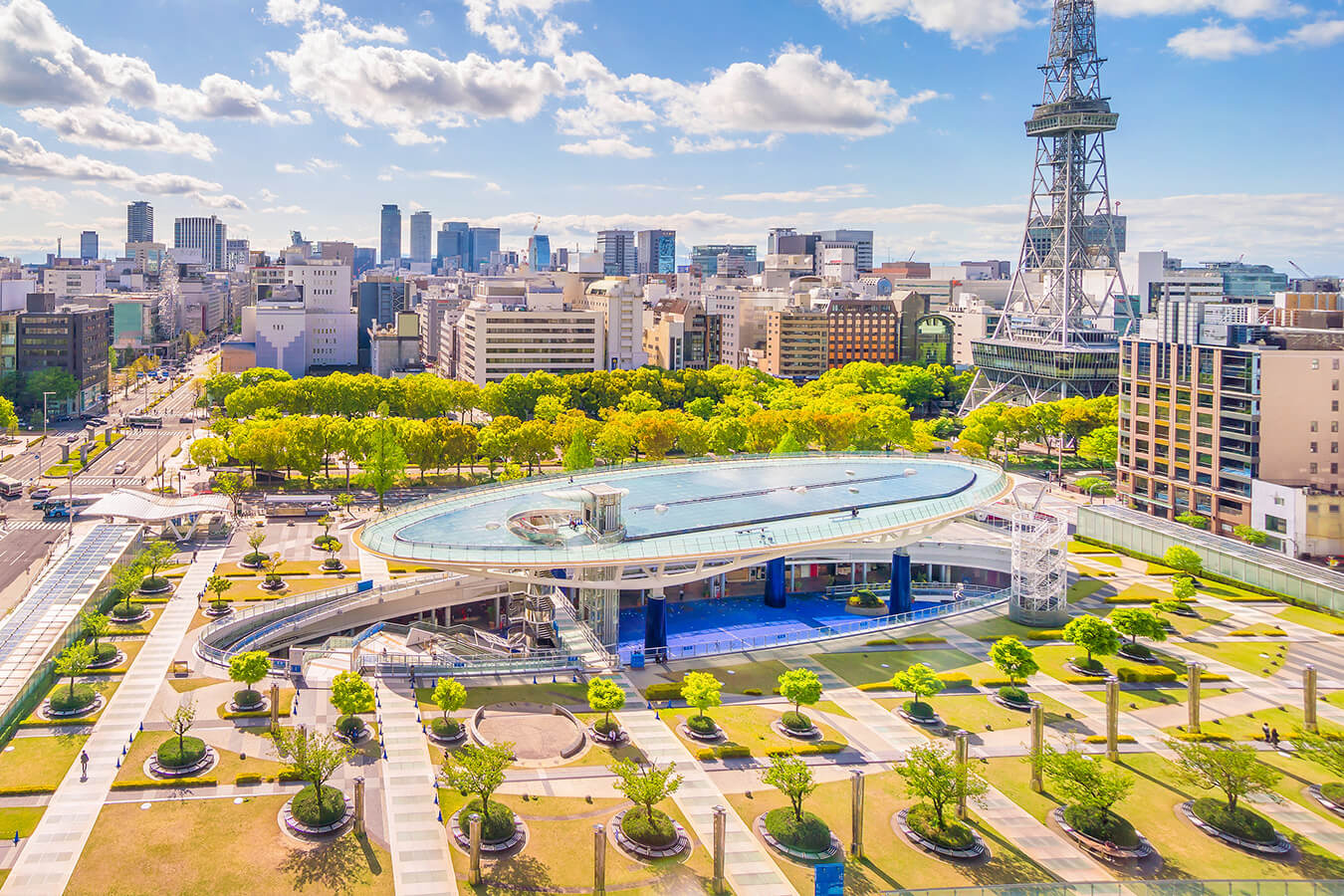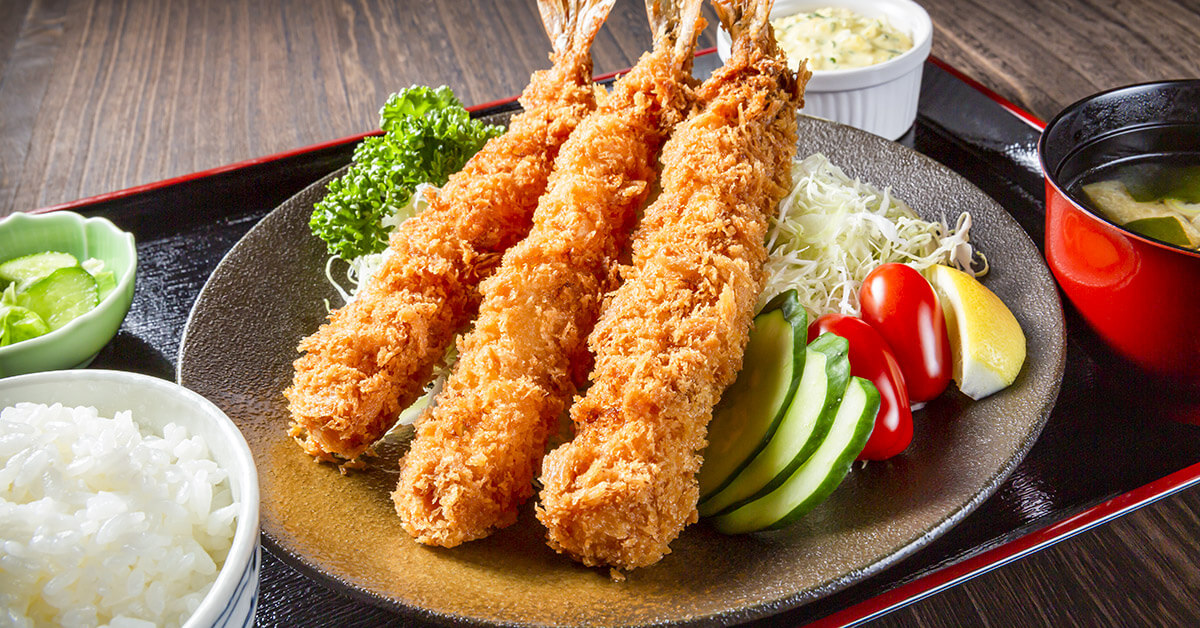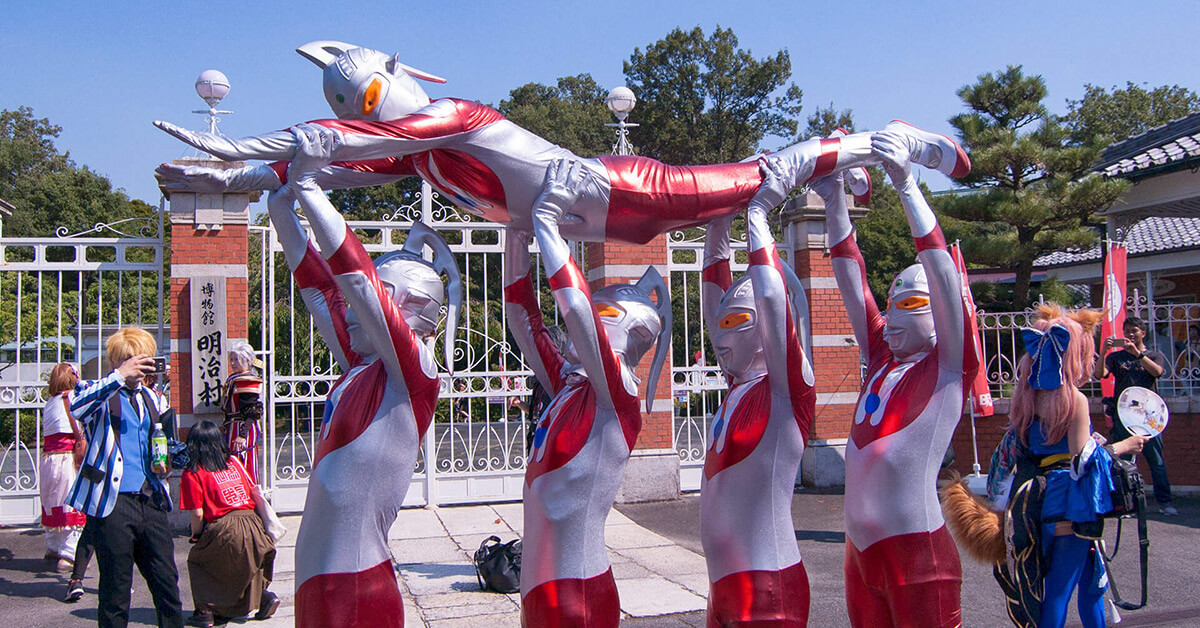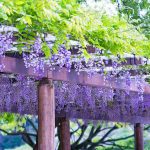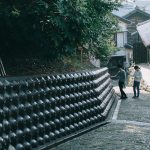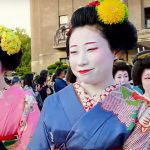Located near Nagoya is a small city called Okazaki. People from Okazaki are very proud of two things. The first is that the unifier of Japan, Tokugawa Ieyasu, was born in Okazaki in 1543. The second, even older, thing they are proud of is that Okazaki is the birthplace of Hatcho Miso!
Hatcho Miso is a strong and dark red Miso made continuously in Okazaki for over 800 years. Japan produces various Miso types, but Hatcho Miso was the only supplier of Miso to the royal family from 1892 until 1954. Today Hatcho Miso is no longer the sole supplier of Miso to the royal family, but it is said to be the Emperor’s favorite!
Article Contents
What Exactly Is Miso?
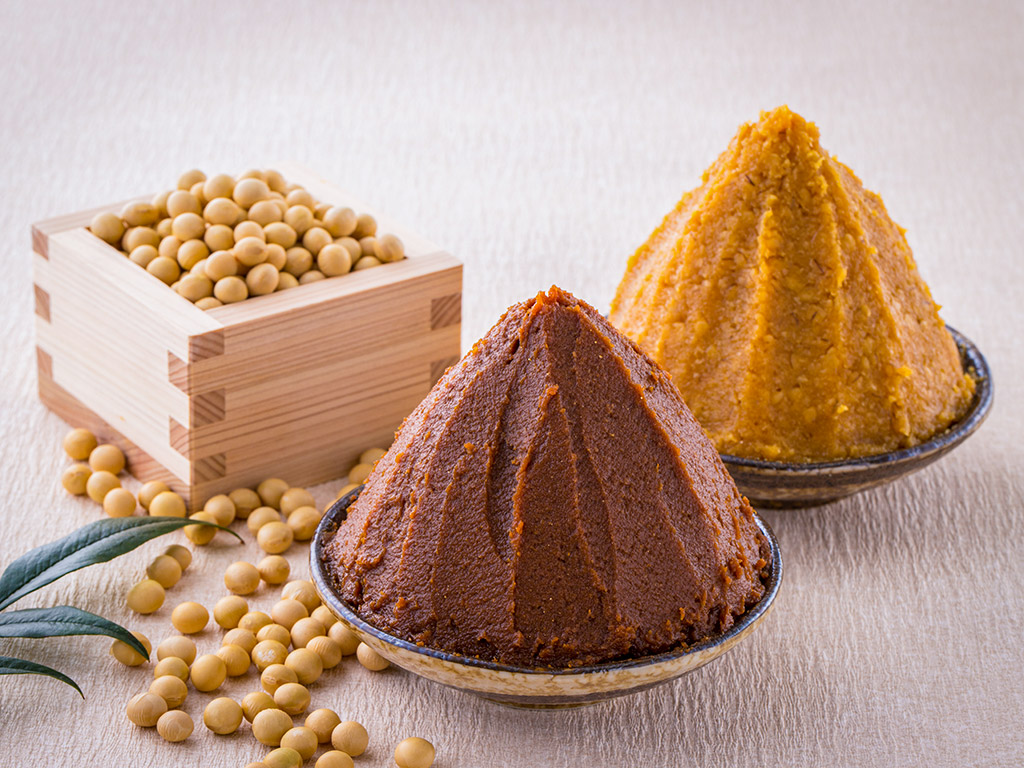
Miso is a paste made from fermented soybeans. It is one of the main ingredients in Japanese cooking and is used all over the country. The paste has a texture similar to peanut butter and is made from soybeans, sometimes rice or barley, and salt and Koji mold. The fermentation process can take anywhere from a few weeks to a few years. Miso can be grouped into different types based on ingredients and color.
Rice Miso Is a Type of White Miso
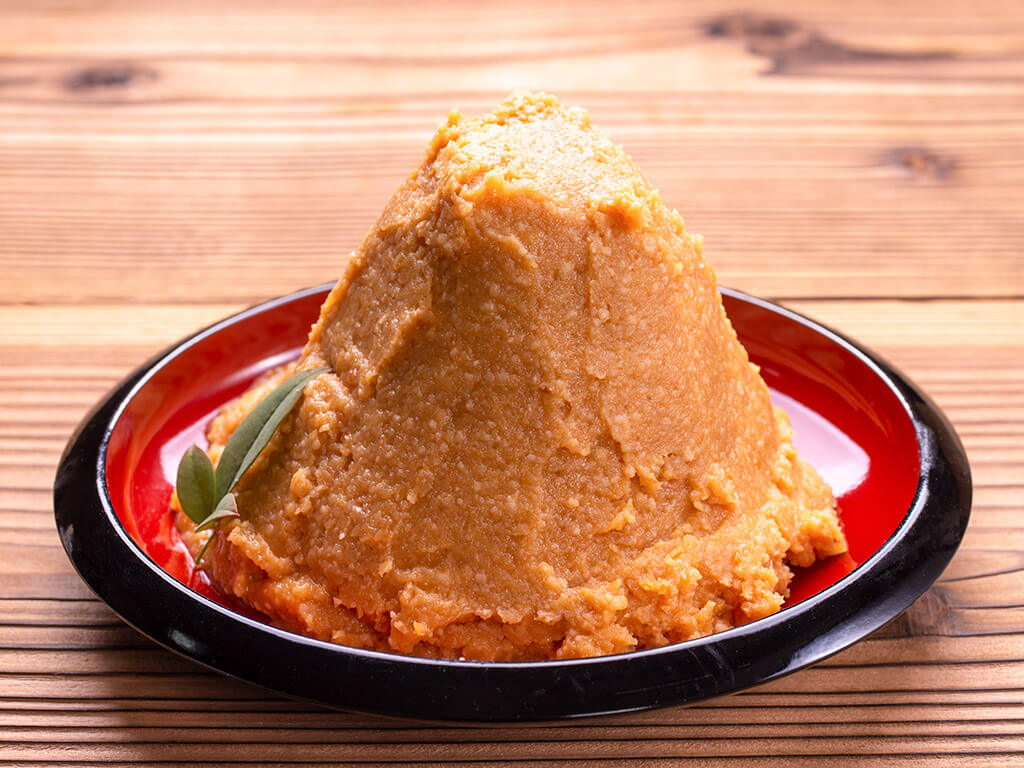
Rice Miso (Kome Miso in Japanese) is the most popular type of Miso in Japan. It is made by fermenting a mixture of soybeans and rice. The color is very light because of the rice and has only a brief fermentation time. That’s why it is referred to as white Miso or Shiro Miso. Rice Miso has a light taste and is a little sweet.
Barley Miso Is a Another Type of White Miso
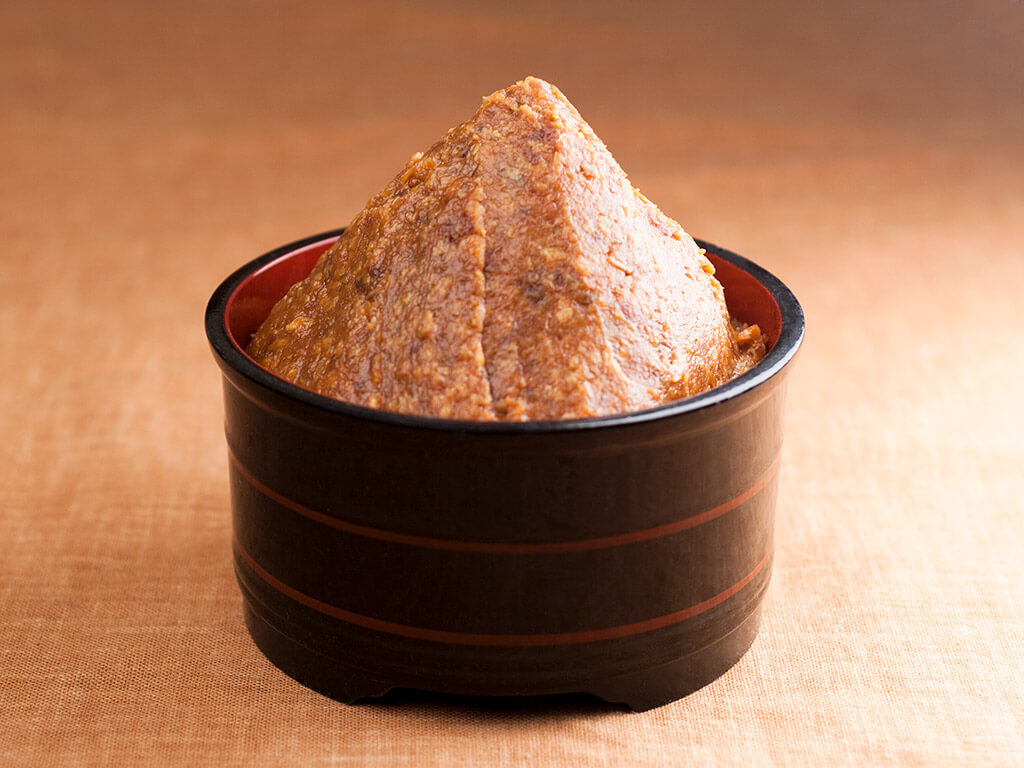
Soybeans and barley are mixed to make this type of Miso called Mugi Miso in Japanese. It is a variation of white Miso or Shiro Miso because of its relatively light color, even though it is much darker than Kome Miso. Mugi Miso is especially popular in Kyushu.
Soybean Miso Is a Type of Red Miso
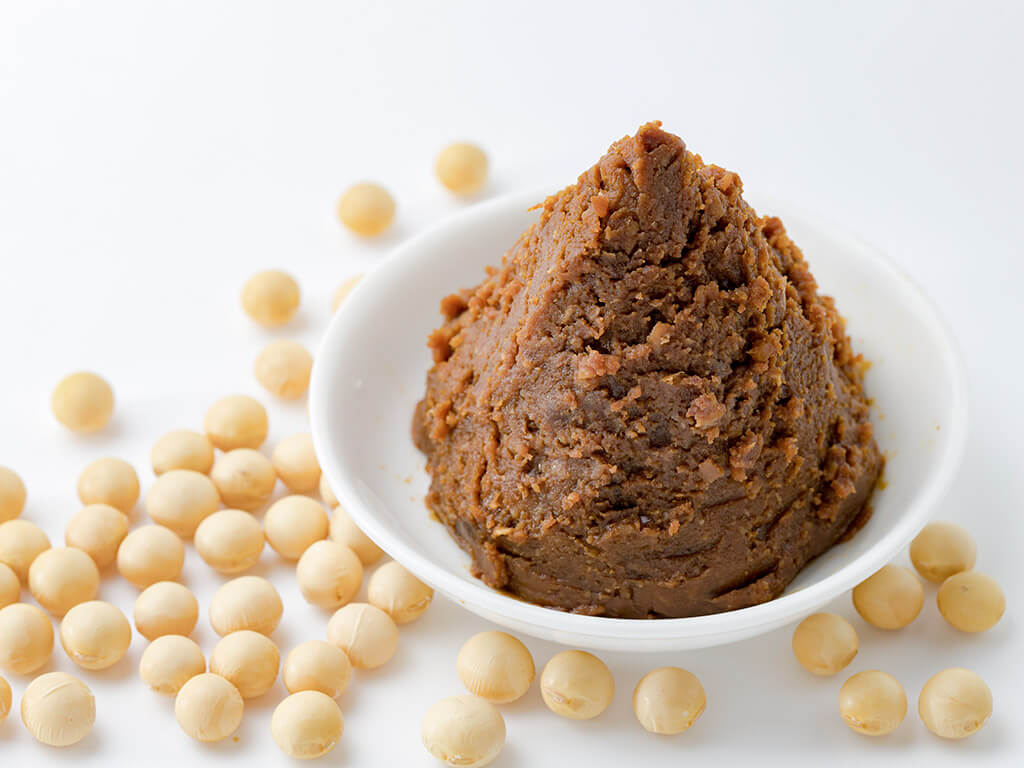
The purest form of Miso is soybean Miso (Mame Miso in Japanese), made using only soybeans and adding no other ingredients such as rice or barley in the production process. Because of this and its long fermentation time, the resulting Miso has a very dark reddish-brown color and is referred to as red Miso or Aka Miso. The taste of Mame Miso is savory and can be overwhelming if you aren’t used to it.
Mixed Miso, Is the Best Of Both Worlds
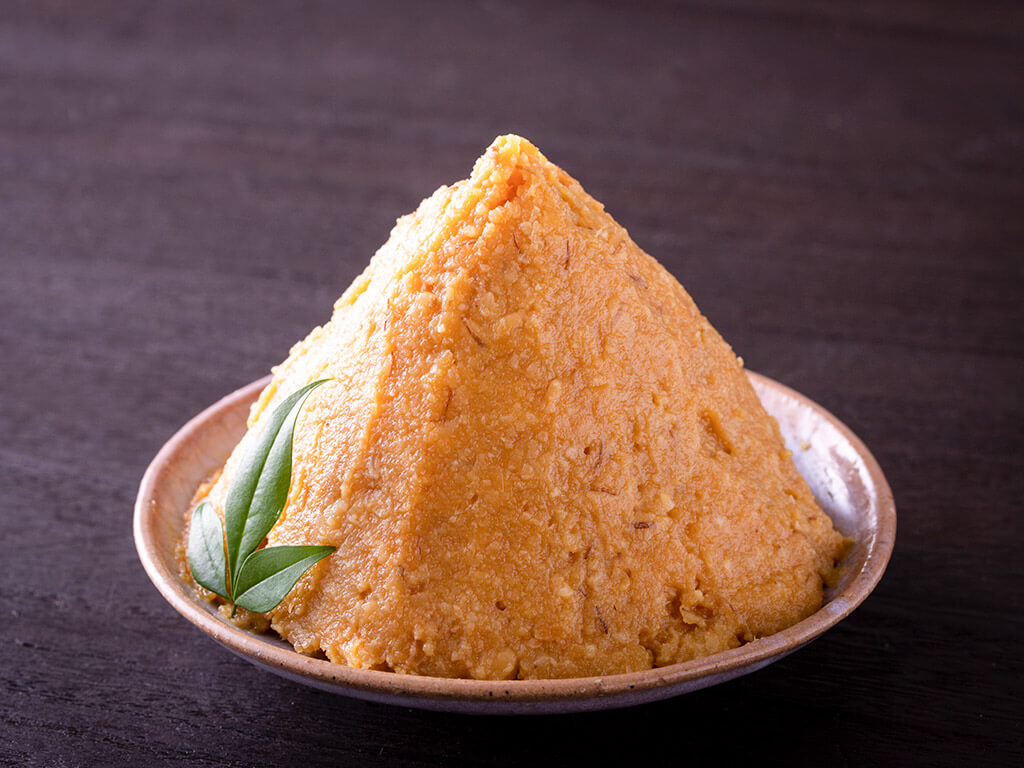
Mixed Miso (Awase Miso in Japanese) is a mixture of two or more types of Miso to create a blend. You can buy different kinds of Awase Miso at shops and supermarkets or mix your own at home tailored to your preferences.
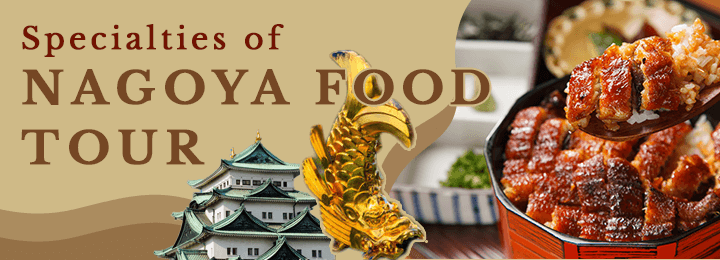
What Is Hatcho Miso?
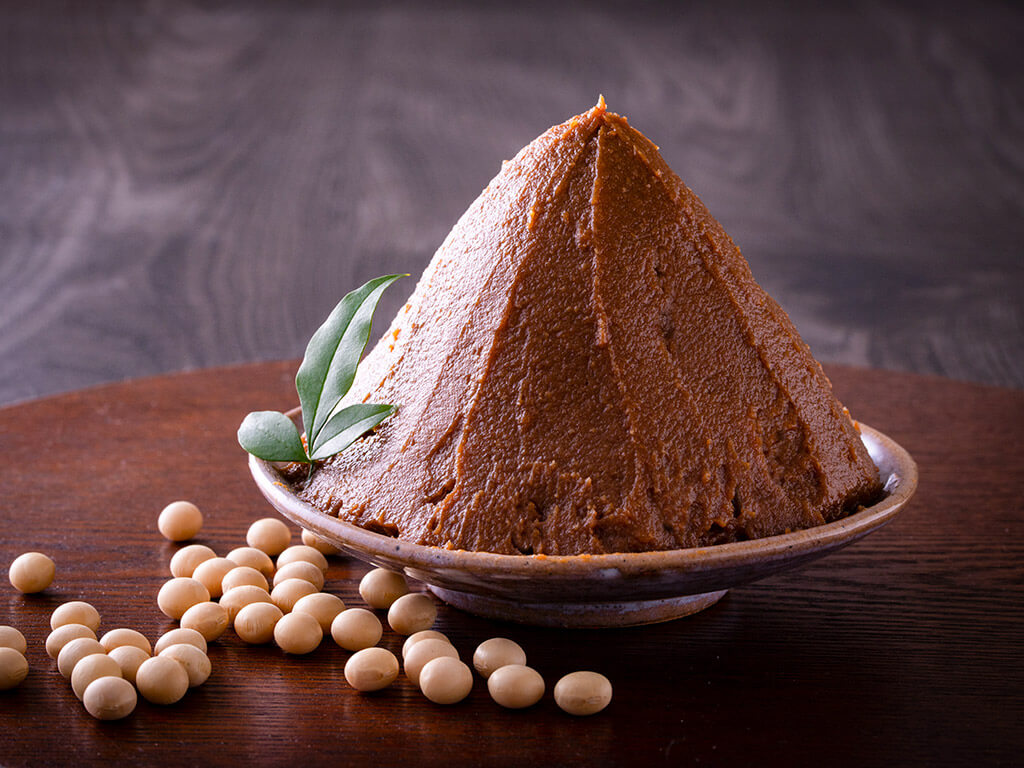
Hatcho Miso is probably the most famous type of Miso in Japan. But while Hatcho Miso is the most famous, it is not the most widely produced. Red Miso, of which Hatcho Miso is one type only, makes up around 10% of all domestically produced Miso in Japan, while rice Miso makes up around 85% and barley Miso makes up the remaining 5%.
The name Hatcho Miso is derived from where it was initially produced 800 years ago. Hatcho used to be a small village about 870 meters from Okazaki Castle. The Cho in Hatcho is a unit to measure blocks, and Hat comes from Hachi, which means eight. Hatcho, therefore, means eight blocks from Okazaki Castle.
Maruya Hacho Miso
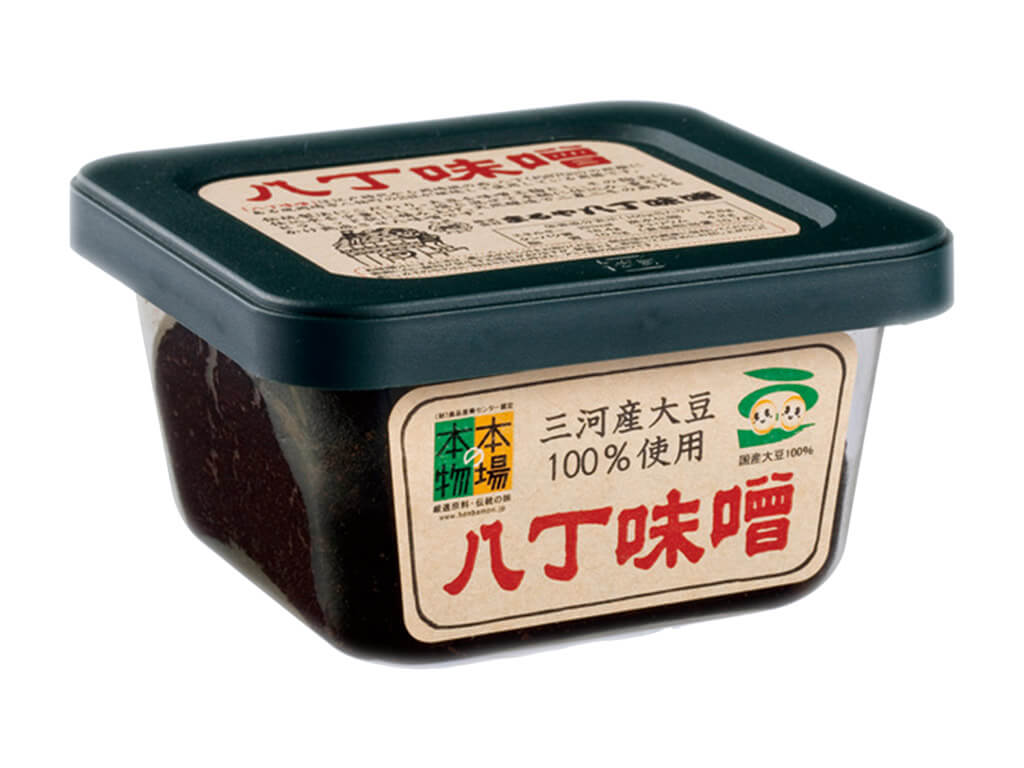
The oldest remaining company producing Hatcho Miso paste in Okazaki is Maruya which was established in 1337. Today you can do free factory tours to learn about the Hatcho Miso production process.
Maruya Hacho Miso (まるや八丁味噌)
Entry Fee: Free
Opening Hours: 9:00 – 16:15
Tour Times: Tours begin every 30 minutes between 9:00 – 11:30 and from 13:00 – 16:30
Address: Okandori 52, Hatchocho, Okazaki, Aichi 444-0923
Directions: Take the Meitetsu train from Nagoya Station to Higashi-Okazaki Station. Change trains to Okazakikoen-Mae Station. From Okazakikoen-Mae Station it is roughly a 7-minute walk.
Website | Google Maps
Hatcho Miso Kakukyu
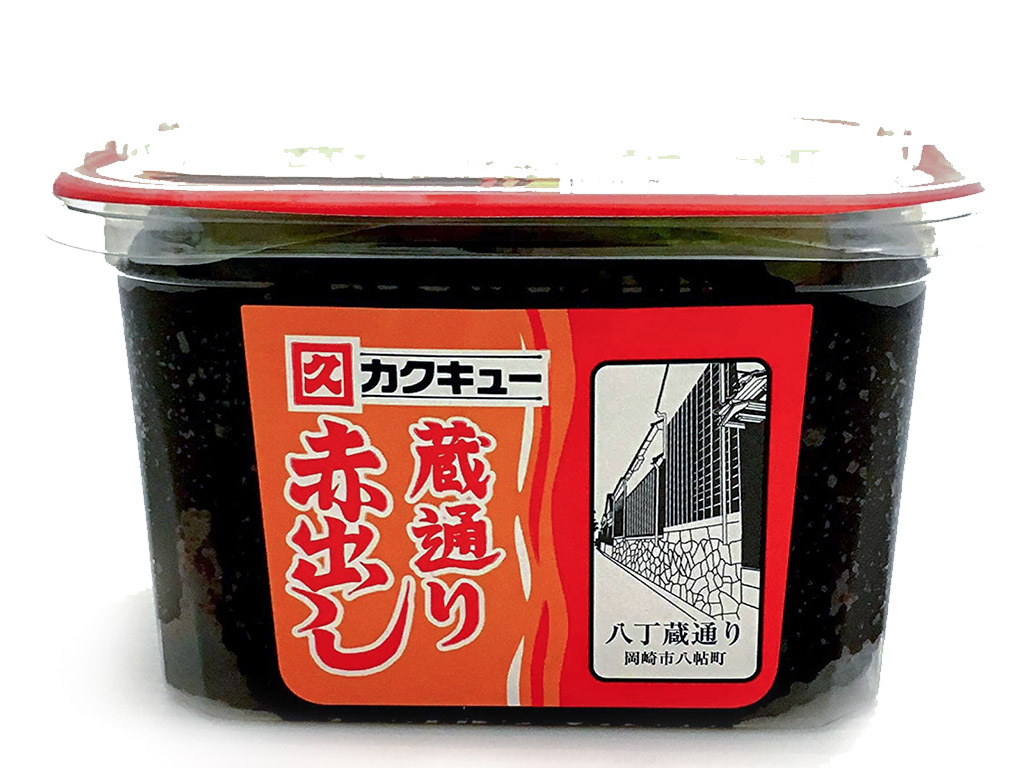
Right next door to Maruya is another company specialized in the production of Hatcho Miso called Kakukyu. They are a little bit newer but still impressively old by any standard (founded in 1645). They also offer free factory tours where they explain the production process.
Hatcho Miso Kakukyu (合資会社 八丁味噌)
Entry Fee: Free
Opening Hours: 9:00 – 17:00
Tour Times: Weekdays: Tours on the hour between 9:00 – 16:00. Saturday & Sunday: Every 30 minutes between and from 9:00 – 16:30.
Address: Okandori 69, Hatchocho, Okazaki, Aichi 444-0923
Directions: Take the Meitetsu train from Nagoya Station to Higashi-Okazaki Station. Change trains to Okazakikoen-Mae Station. From Okazakikoen-Mae Station it is roughly a 5-minute walk.
Website | Google Maps
How Do You Make Hatcho Miso?
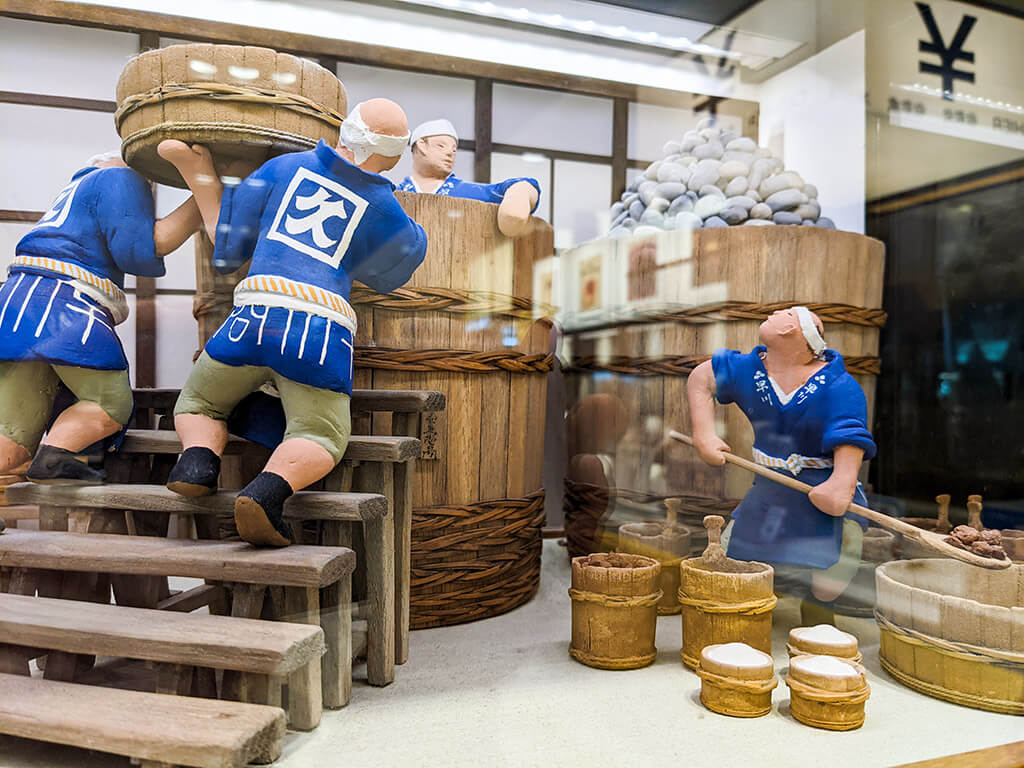
The only ingredients in Hatcho Miso are soybeans, salt, water, and time. To start the process, soybeans are immersed in water and are left to soak. After the beans have absorbed a carefully measured amount of water, they are steamed.
The steamed soybeans now have their characteristic reddish-brown color. They are formed into baseball-sized lumps, and a starter culture called Koji is added to the surface of the soybean lumps. The soybeans are then left for a couple of days to ferment. Next, salt and water are added to the mix.
The finished mixture is transferred to gigantic wooden casks, which can hold 6 tons of Miso. A worker in rubber boots will stomp on the layers of Miso to get rid of any air that might be in the Miso mix. The mixture is dense and stable enough that a worker can stand on the surface.
The casks are made from cedar and can be used for more than 180 years. Since one barrel costs around 2 million yen (20.000 US dollars), it’s a real investment to purchase new barrels.
The cask is closed with a wooden lid. And 3 tons of stones (around 500 of them) are laid carefully in a pyramid shape on top to press heavily on the Miso mixture inside. The skilled workers pile the stones so carefully that they can withstand earthquakes.
To become true Hatcho Miso, the wooden tubs are left alone for at least two years (two summers and two winters). During the summer, the Miso expands in the tubs; in winter, it contracts. The workers say the Miso is alive!
To better understand the production process, we highly recommend a visit to one (or both) of the Hatcho Miso factories to have a look for yourself. Please be aware that currently, factory tours are held in Japanese only.
What Is the Best Way to Eat Hatcho Miso?
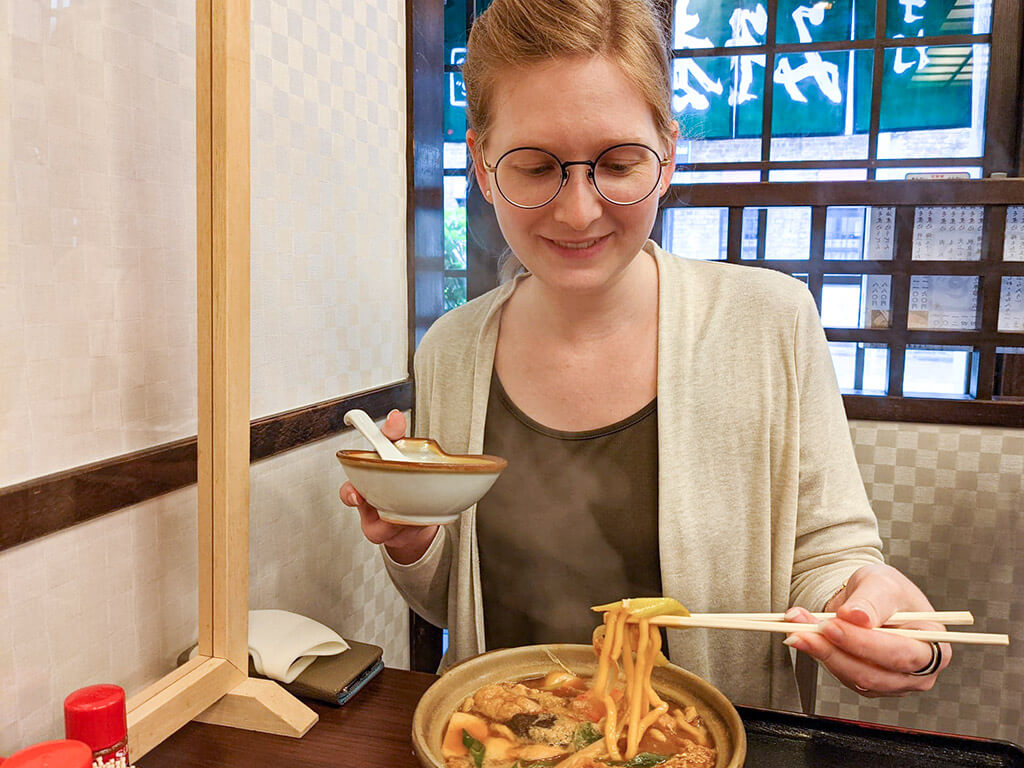
There is a saying in Japan that people from Nagoya put Miso on anything. While this is, of course, a blatant exaggeration, there is a grain of truth to it.
There are lots of dishes in Nagoya which use Miso and, in particular red Miso.
Some examples are:
- Miso Katsu (deep-fried pork cutlets)
- Miso Nikomi Udon (udon noodles simmered in a miso-flavored broth)
- Dote Ni (pork offal in a miso stew)
- Miso Oden (various things simmered in a miso broth)
Some restaurants also put Miso sauce on Ebi Furai (deep-fried shrimp). These are all dishes with an intense Miso flavor and are widely popular in Nagoya. For more about popular Nagoya foods, please read our other blog post.
There is really no best way to eat Hatcho Miso, but it is best to try one or two when you are in Nagoya so you can find your favorite. Or better yet, try as many different options as possible!
For an extraordinary Miso experience, you can try cooking with it during our Vegan Local Food Cooking Experience! Together with a local, you will make several vegan dishes, including Dote Ni (red Miso stew) and Miso Katsu. Impress your (vegan) friends once you return home!
Did you enjoy this article?
Make sure to also check out our other posts about Nagoya and trust us if we say Nagoya is not boring!
Be sure to follow us on Facebook for regular updates on Nagoya, and see our Instagram for pictures and stories about the city!
Tag us 📲
If you have tried Hatcho Miso please share your experience and tag us on social media with #nagoyaisnotboring

